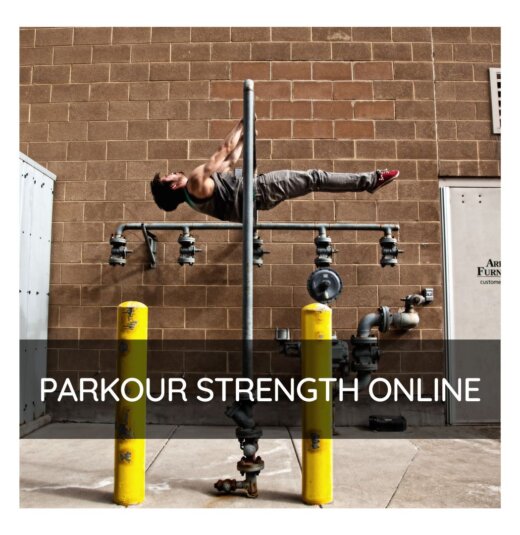- Players needed: 2-16 (but possible with one person, as well as any group size depending on equipment, space, etc.)
- Key benefits: improvisational movement, fluidity, adaptability, transitions, creativity
- Skill level: trained beginners
* This video is one of 50+ interactive learning tools in our Parkour 100 Series, a parkour training program for beginners who want to learn parkour. When worked through from the perspective of an educator, this program doubles as an intro level parkour curriculum to study and incorporate into your own group training, classes, schools, and gyms.
→ For a comprehensive, skill-based approach to learning and teaching parkour, check out #1 online training program: Parkour 100 Series
→ To unlock our most in-depth parkour strength training resource, consider purchasing our digital training manual: Parkour Strength Online
Flow states
The concept of a “flow state” or “the zone” is a mindset in which a practitioner experiences extraordinary levels of performance that are described as thoughtless or instinctive. From race car drivers and fighter pilots to musicians and football players, this level of proficiency is pursued by many but truly mastered by few. Through thousands of repetitions of a skill in hundreds of different scenarios, an experienced athlete will be able to recall a skill with a split second notice and more easily adapt it to any situation.
The 10-second drill is a great exercise to regularly train and test your ability to find this “zone.” Many parkour athletes spend all their time training single movements and pre-planned combinations of techniques. Without regularly practicing spontaneous adaptation to the environment, your ability to improvise movement will likely be choppy, sloppy, or inefficient. The 10-second drill can immediately expose a lack of training in this area and force you to default to basic techniques that you are able to naturally perform and link together without thinking. The more you practice the 10-second drill, the better prepared you will be for any situation that requires impromptu movement such as a real-life, time-sensitive challenge, and certain competitions and/or performances.
Playing the game
For this drill, you need an area with several close-together obstacles for linking and combining movements. It is also recommended you practice this drill with at least a couple other friends so you can take turns and help cue each other through each round. For a timer, you can either use a stopwatch or simply estimate when the allotted 10 seconds is up.
View this post on InstagramA post shared by Ryan Ford (@ryanmford) on
Get started
- Decide a participant order to follow for each round as well as the boundaries of the “playing field.”
- To start the game, the first person in line moves for 10 seconds throughout the obstacles, spontaneously and safely connecting different movements.
- When 10 seconds is up (or whatever time limit you settle upon), yell “NEXT!” Upon hearing this, the current player quickly moves out of the play area and the next person jumps in.
- Continue taking turns, keeping the same order throughout each round of the drill.
Variations of the game
- Warm-up with limitations: Some beginners are intimidated by the open-endedness of this drill. To help things groove, set parameters such as: [Imagine that you’re considering a nice rail set to train on] You are only allowed to use two basic movements that you already know, a step vault and an underbar. However, slight variations of these movements are encouraged because this game is more about exploration than strict rules.
- Challenge multiple people at once: Once people have gotten used to this initial version of the drill, a fun variation is to have multiple people do the 10-second drill at the same time. Now that there are both moving and static obstacles, people will need to move slower and less dynamically (no big jumps, flips, or swings). You can start out with 2 at a time and work your way up to more. Depending on the size of your space and number of participants you have, you can keep the doubling the number of simultaneous players (from two to four, then eight, etc.). We often encourage up to 16 people to move at the same time in a small area.
- Use longer time periods: For intermediate and advanced practitioners, you can bump up the drill time to 15-30 seconds. This takes more endurance, creativity, and a bigger skillset to draw from.
- Move at different speeds: Once a basic understanding and execution of this drill has been attained by most of the people in the game, add in some other fun challenges like yelling out commands to be followed like “SLOW-MO!” (keep moving at 25% speed), “FREEZE!” (stop as quickly as possible), and “REAL-TIME!” (back to normal speed).
More tips
- Laughter and playfulness are highly encouraged in this game. All improv can easily leave us vulnerable to embarrassment. When you lean in and let the silliness crack you up, you will feel freer to truly explore your movement. Laughter helps give others permission to loosen up as well. In this way, the 10-second drill will also strengthen humility and authenticity in your practice!
- Try to be creative and change the gameplay often. More variation and creativity can lead to refining or even learning new movements, as well as a better understanding of certain movement concepts or relationships. Change the course. Carry a watermelon in one arm. Move to music. Blind-folded. Barefoot, stealth mode. Through a laser maze. The goal here isn’t to learn anything insanely difficult or ground-breakingly new, it’s to expand upon what you already know well while also encouraging a high-volume, highly efficient way to try new but basic skills, combos, and transitions.
Additional research on flow & improv in movement
Ryan Ford is author of Parkour Strength Training and founder Apex School of Movement.
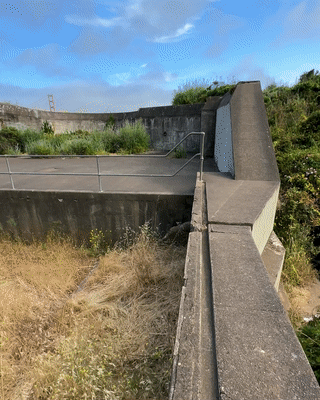
Stay connected
Subscribe for exclusive Apex insights & offers straight to your inbox.
Related posts
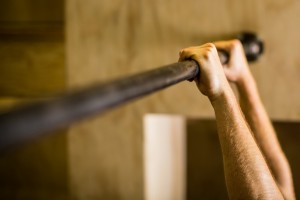
Too old, too fat, too weak for parkour? Start with these 5 basic movements
“When did you start parkour?” “When did you stop?” … 🤔 Everyone did at least a bit of parkour as a kid. At one point
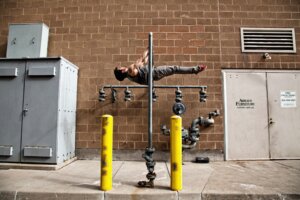
Parkour strength training for beginners
While parkour reimagines the city for artistic or athletic expression, parkour strength training repurposes walls, rails, and stairs into training tools. When you know what
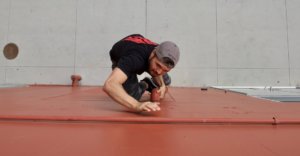
Intro to climb-up strength & skill training
When was the last time you stumbled across a set of rings or monkey bars outside the gym? Maybe at a park or playground? What
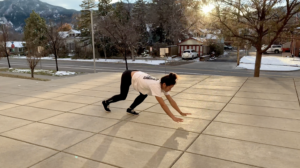
Build your climb-up from the ground up
If your climb-up needs work, consider drilling the progressions in this blog post. For most of these movements, remember to put extra emphasis on training

